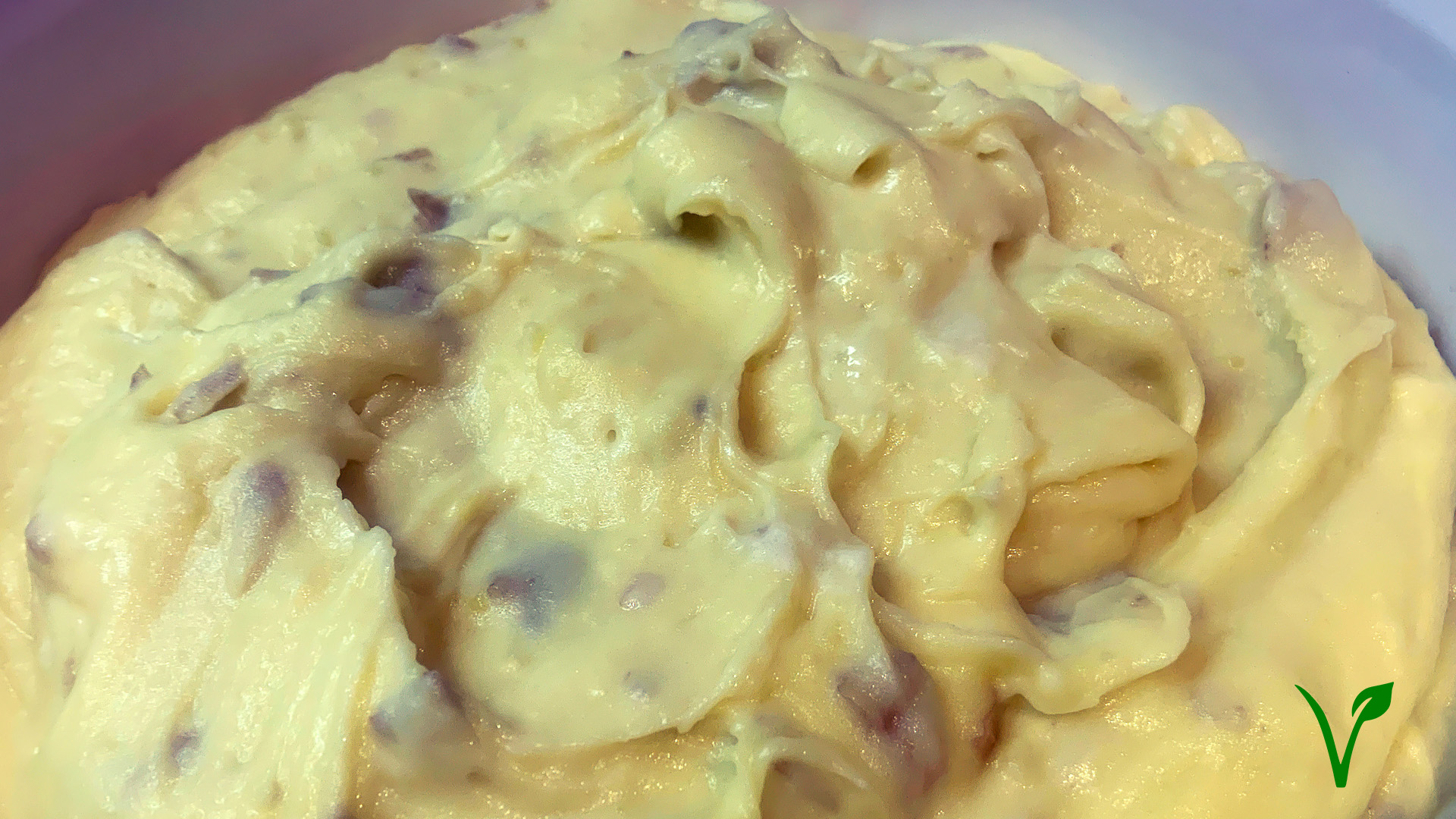
Notes:
Ingredients:
Preparation:
| Mashed Potatoes Nutrition Facts |
|
| Servings: 5 | |
| Amount per serving: | |
| Calories: | 255 |
| Total Fat: | 16 g |
| Saturated Fat: | 12 g |
| Monounsaturated Fat: | 3 g |
| Polyunsaturated Fat: | 0 g |
| Trans Fat: | 0 g |
| Cholesterol: | 31 mg |
| Sodium: | 510 mg |
| Potassium: | 572 mg |
| Total Carbohydrate: | 25 g |
| Dietary Fiber: | 2 g |
| Sugars: | 4 g |
| Protein: | 4 g |
| Vitamin A: | 97% |
| Vitamin C: | 36% |
| Calcium: | 29% |
| Iron: | 5% |